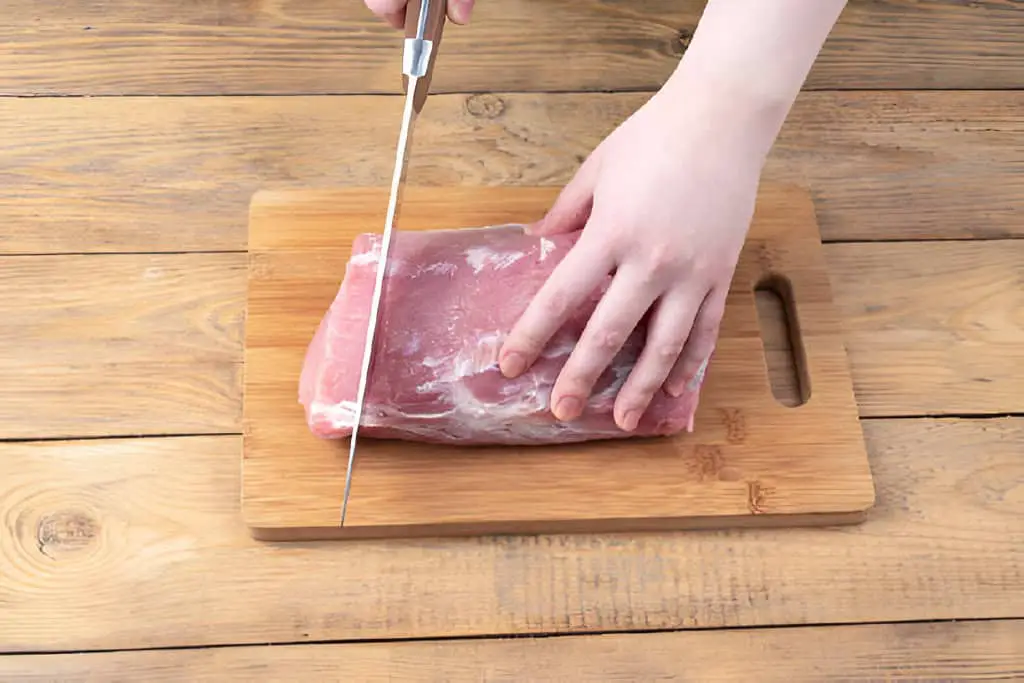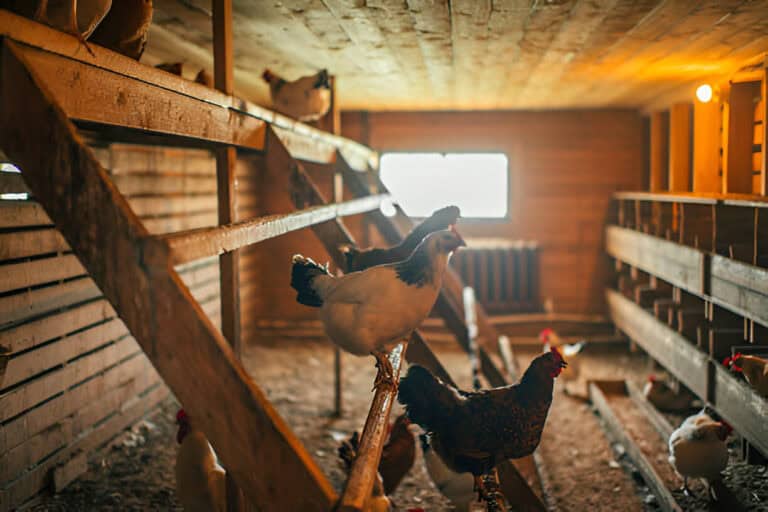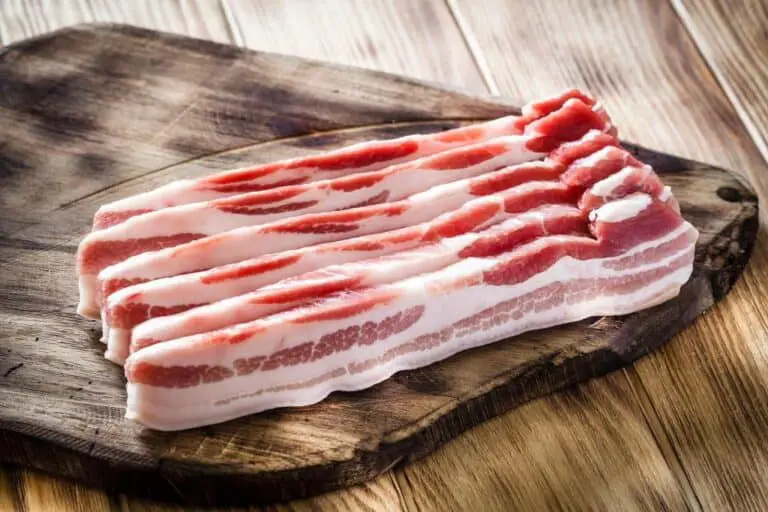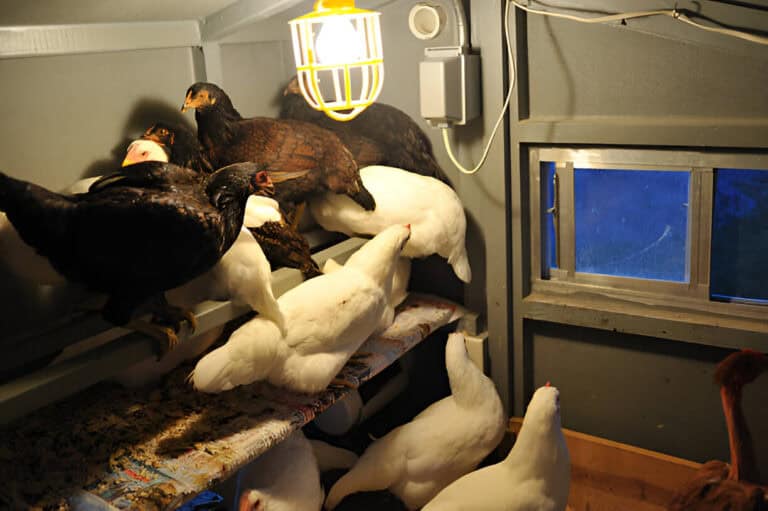How Long Should a Hog Hang Before Butchering or Processing?

Have you ever wondered how long a hog should hang before butchering or processing? This crucial step can make all the difference in the taste and texture of your pork.
Hog butchering is an age-old practice that requires precision, patience, and a deep understanding of the process. One of the most crucial steps in this process is the hanging time of the hog.
In this article, we will explore the optimal hanging times to ensure your meat is tender, flavorful, and safe to eat. By understanding the science and best practices of hanging hogs, you’ll gain the knowledge needed to improve your home butchering. You’ll also enjoy the best results from your efforts.
Understanding the Hanging Process
What is Hanging?
Hanging, also known as aging or conditioning, is the process where a carcass is left to hang in a controlled environment. This step allows natural enzymes in the meat to break down muscle fibers, resulting in tender, flavorful meat. Hanging is common in various meats, including beef, lamb, and pork.
Why is Hanging Important?
Hanging a hog before butchering is essential for several reasons:
- Tenderization: Enzymatic activity during hanging breaks down tough muscle fibers.
- Flavor Development: Hanging allows flavors to develop, enhancing the pig meat’s overall taste.
- Meat Safety: Controlled hanging reduces the risk of bacterial growth and ensures meat safety.
| Read: Wild Boar Bacon vs. Pig Bacon: What Are the Differences? |
Factors Affecting Hanging Time

Temperature and Humidity
The environment in which the hog is hung plays a crucial role. Ideal conditions involve a temperature range of 34-38°F (1-3°C) and humidity levels around 85%. These conditions prevent bacterial growth while allowing enzymatic activity to tenderize the meat.
Hog Size and Weight
Larger hogs require longer hanging times due to their thicker muscle fibers. Typically, a hog weighing 200-250 pounds may need different hanging times compared to a smaller or larger hog.
Desired Meat Quality
The quality of meat desired can influence hanging time. For instance, if you prefer extremely tender pork, you might opt for a longer hanging period. Conversely, for firmer meat, a shorter hanging time might be sufficient.
Recommended Hanging Times
General Guidelines
There’s no one-size-fits-all answer. But, general rules can help decide an appropriate hanging time:
- For Tender Pork: Hang the hog for 3-5 days.
- For Enhanced Flavor: Extend the hanging time to 7-10 days.
Adjusting for Variables
You may need to adjust these times based on environmental conditions and specific preferences. For instance, in a cooler place, a hog might hang slightly longer. In warmer conditions, a shorter time might be needed.
Step-by-Step Guide to Hanging a Hog
1. Slaughter and Clean
After slaughtering the hog, it’s essential to clean the carcass thoroughly. Remove internal organs and rinse the carcass with cold water to remove any blood and debris.
2. Prepare the Hanging Space
Ensure the hanging space meets the ideal temperature and humidity requirements. A walk-in cooler or refrigerated room is often used for this purpose.
3. Hang the Hog
Using sturdy hooks, hang the hog by its hind legs. Ensure the carcass is secure and has adequate space around it for air circulation.
4. Monitor Conditions
Regularly check the temperature and humidity levels in the hanging space. Make adjustments as needed to maintain optimal conditions.
5. Inspect the Meat
During the hanging period, inspect the carcass for any signs of spoilage. Look for discoloration, off odors, or excessive moisture.
| Related: Determining Piglet Age: Key Indicators to Look For |
Tables for Quick Reference
| Factor | Ideal Range |
| Temperature | 34-38°F (1-3°C) |
| Humidity | ~85% |
| Hanging Time (Tender) | 3-5 days |
| Hanging Time (Flavor) | 7-10 days |
Common Mistakes to Avoid
Over-Hanging
While longer hanging times can enhance tenderness and flavor, over-hanging can lead to spoilage. Always monitor the meat closely and adhere to recommended guidelines.
Improper Environment
Failing to maintain the correct temperature and humidity can result in bacterial growth or overly dry meat. Invest in proper equipment to control these factors.
Inconsistent Monitoring
Regularly check the hanging conditions and the state of the meat. Inconsistent monitoring can lead to unexpected issues.
The Science Behind Meat Aging
Enzymatic Activity
Enzymes like calpains and cathepsins break down muscle proteins during hanging. This process softens the meat and enhances its flavor profile.
Moisture Loss
Controlled hanging allows for some moisture loss, concentrating the meat’s flavors. However, excessive moisture loss can lead to dry, less palatable meat.
Bacterial Control
Proper environmental conditions prevent harmful bacteria. They keep the meat safe to eat.
Practical Tips for Home Processors
Use a Meat Thermometer
Invest in a reliable meat thermometer to monitor the temperature of the hanging space accurately. Consistent temperature control is key to successful aging.
Invest in a Humidity Controller
A humidity controller can help keep the best humidity levels. It prevents the meat from drying out or becoming too moist.
Plan Ahead
Ensure you have enough space and equipment before starting the hanging process. Planning ahead can prevent last-minute issues and ensure a smooth process.
Conclusion
Hanging a hog before butchering is a critical step that impacts the meat’s tenderness, flavor, and safety. By understanding the factors that affect hanging time and following best practices, you can make high-quality pork. It will be both delicious and safe to eat.
Whether you’re a home processor or a commercial butcher, these guidelines will help you make informed choices. They will help you get the best results. Happy processing!
Follow this guide. It will teach you to hang hogs. Doing so makes pork tender, tasty, and safe to eat. Remember, patience and precision are keys to successful meat processing. Enjoy the fruits of your labor with perfectly aged pork that will delight your taste buds and impress your guests.






